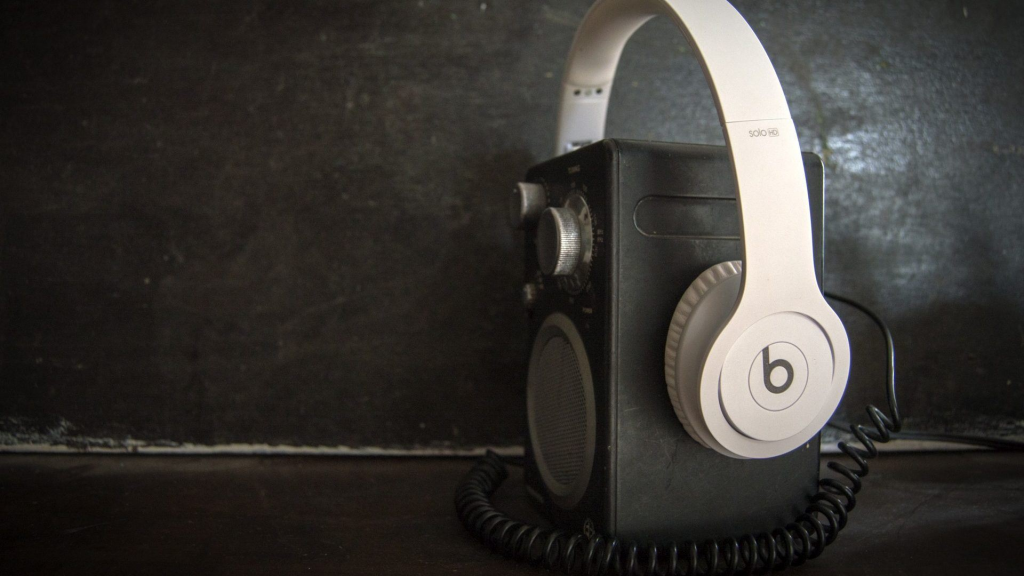
Why Is My Car Emitting a Rattling Noise?
Rattling sounds in your vehicle typically indicate the presence of a loose component among the approximately 30,000 parts that compose your car. This usually involves a loose nut, bolt, or some other fastener. The initial step in addressing this issue is to pinpoint the source of the rattle:
- Is it emanating from under the hood?
- Does it seem to originate from beneath the vehicle?
- Is it originating within the interior of the vehicle or the trunk?
- Does it appear to be related to the tires and wheels?
Additionally, it’s crucial to ascertain when the rattling noise occurs: Does it happen while turning, braking, accelerating, or when encountering bumps in the road?
Once you have identified the source of the rattle, closely inspect the area for signs of wear marks, rust stains, or worn paint, which may result from loose components rubbing against each other.
The most prevalent causes of rattling noises are typically attributed to loose brackets, worn suspension components, an unfastened exhaust system, or a loose heat shield. Furthermore, a deteriorated catalytic converter or muffler can also contribute to rattling sounds.
Fortunately, many rattles originating from under the hood or within the interior of your vehicle can be addressed through simple do-it-yourself (DIY) fixes. Begin by checking the obvious locations for items that might be causing the rattling—such as within the glove box or beneath the seats. Proceed to tighten any loose fasteners that you may encounter. In some cases, suspension repairs can be performed at home if you possess the necessary tools; many auto parts stores offer tool rental or lending services. However, it’s advisable to entrust exhaust system repairs to your mechanic for a more thorough assessment and professional resolution.
Why Is My Car Emitting a Clicking Noise?
When a clicking noise becomes apparent in your vehicle, the causes can vary depending on when and where it occurs. Here’s a breakdown of potential clicking noise scenarios and their underlying issues:
- Clicking with Engine Trouble: If you hear clicking when attempting to start your engine, and it fails to start, it may be indicative of a dead battery or a malfunctioning starter motor. You can address this issue with straightforward DIY solutions like jump-starting the engine or replacing the battery. A portable jump starter can be a valuable tool in such situations.
- Clicking While Driving: Clicking sounds while driving can be attributed to several factors, including:
- Loose wheel covers.
- Loosened brake pads or calipers.
- Slack in suspension components such as tie-rod ends or MacPherson struts.
- Wear in the drive axle or wheel/hub bearing.
- A faulty drive belt tensioner.
- Deteriorated engine components.
For cases involving loose wheel covers, consider removing them, cleaning any rust from the inner side, and applying duct tape or weatherstripping foam to the contact area between the cover and the wheel to mitigate clicking.
DIY repairs include replacing struts, inspecting and securing loose brake pads, or replacing a belt tensioner. However, leave tie-rod replacements and internal engine-related issues to automotive professionals.
Why Is My Car Producing a Whining Noise?
A whining noise emanating from your vehicle can be attributed to various factors, and its significance may depend on specific circumstances:
- Low Tire Pressure: In some instances, low tire pressure can lead to whining noises. Ensure that your tires are adequately inflated to the recommended levels.
- Power Steering Fluid Issues: High-pitched whining, particularly during turns, may signal low power steering (PS) fluid. Rectify this by adding the appropriate PS fluid and inspecting for any potential leaks.
- Bearing and Belt Issues: Whining can also result from problems with the water pump, alternator bearing, or drive belt. These are issues that can be addressed through DIY repairs.
- Various Other Causes: Whining noises may originate from different components such as timing belts, manual or automatic transmissions, differentials, wheel/hub bearings, or malfunctioning coolant fan motors or fan clutches. Check all fluid levels, top them off, and flush or replace with fresh fluids as necessary. If the whining persists, it’s advisable to seek professional evaluation and service from your trusted repair shop.

